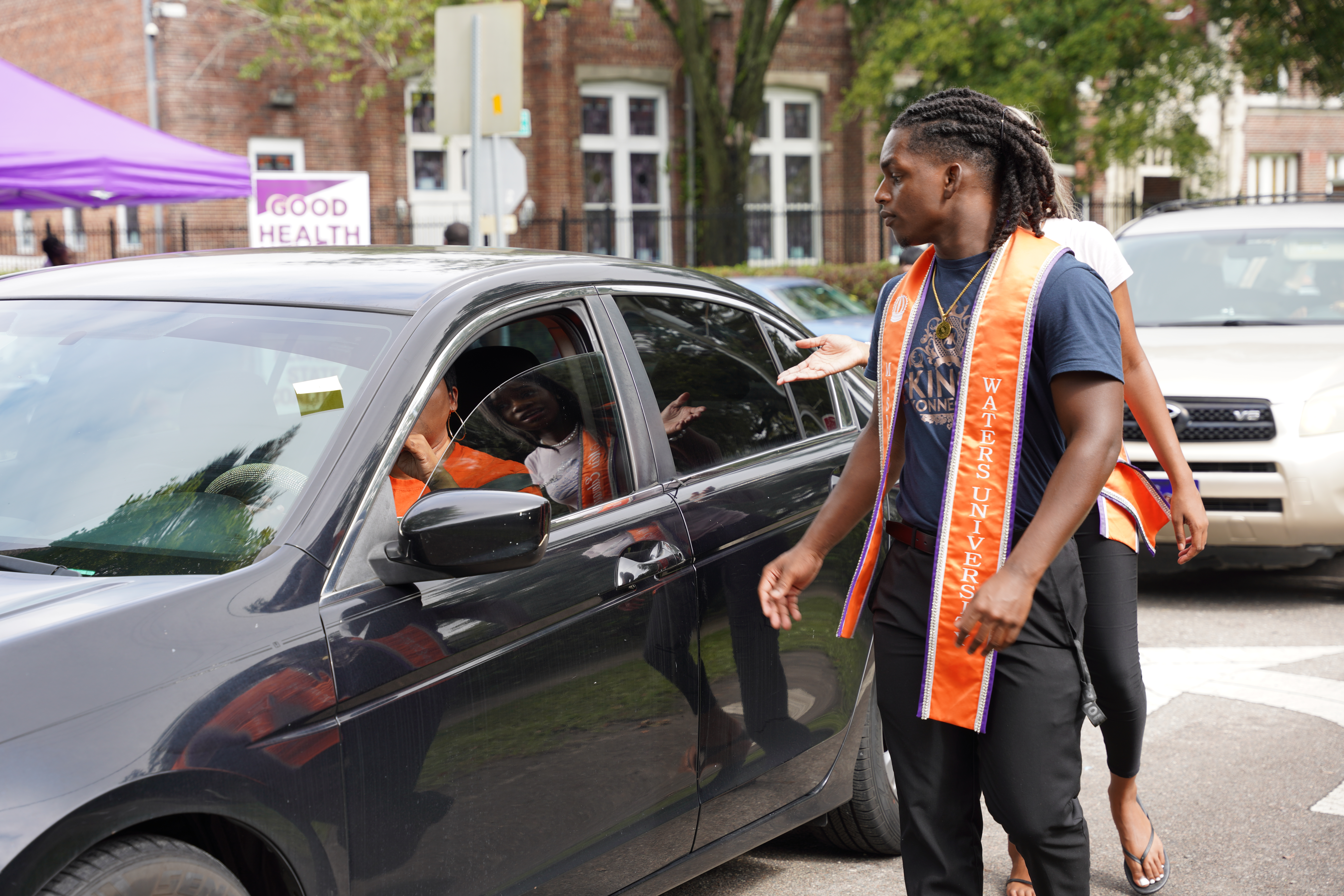After finishing high school or earning a GED, many people start thinking about what comes next. Whether it’s a trade, a certificate, or a degree program, post-secondary training can open the door to long-term success and stability. But what does that really mean? And how do you figure out which path is right for you?
Let’s break it down.
What Counts as Post-Secondary Training?
Post-secondary training is any learning or education that happens after high school. That includes:
- Apprenticeships – Hands-on, paid training programs in skilled trades like construction or electrical work.
- Career & Technical Certificates – Focused programs (often under two years) that prepare you for specific jobs in fields like health care, transportation, or tech.
- Associate Degrees – Two-year programs that combine career prep with general education; often offered at community colleges.
- Bachelor’s Degrees – Four-year college degrees in fields like education, business, or engineering.
- Short-Term Courses or Bootcamps – Intensive, fast-paced training in areas like coding or graphic design.
- Military Service – Enlisting can offer technical training, job skills, and financial support for further education.
Each of these paths helps build skills and knowledge that employers value—and they’re all considered valid forms of post-secondary training.
Why It Matters
According to the U.S. Bureau of Labor Statistics, the more training you complete beyond high school, the more you tend to earn, and the less likely you are to face long stretches of unemployment. But it’s not just about income. Post-secondary training can:
- Build confidence
- Improve job security
- Offer more choices in your career path
- Teach real-world problem solving
It’s an investment in your future that can pay off in more ways than one.
Choosing a Path That Works for You
Not everyone takes the same route—and that’s okay. Here are a few tips to help you figure out what’s next:
- Think about your interests. What subjects or activities do you enjoy?
- Research career options. What jobs are in demand locally? What kind of training do they require? Tools like CareerOneStop from the U.S. Department of Labor can help.
- Explore training programs. Many are available at community colleges, trade schools, or online.
- Make a plan. Set small, doable goals—like talking to an admissions rep or signing up for an info session.
How New Town Success Zone Supports Community Success
At New Town Success Zone, we believe education and training are key parts of building a stronger, healthier future for families. That’s why we help connect individuals to local opportunities and resources that support long-term growth and self-sufficiency.
If you’re curious about training programs in the Jacksonville area or want help finding your next step, visit our website & reach out to us through the Contact page.
Final Thoughts
Post-secondary training doesn’t have to mean a four-year university—and it doesn’t have to be confusing. Whether you’re just getting started or ready to make a change, there’s a path forward that fits your goals.
Start where you are. Use what you have. Keep moving forward.




